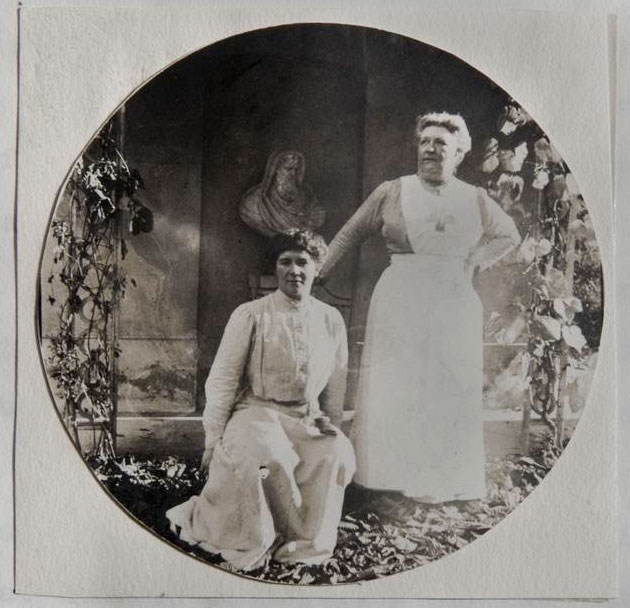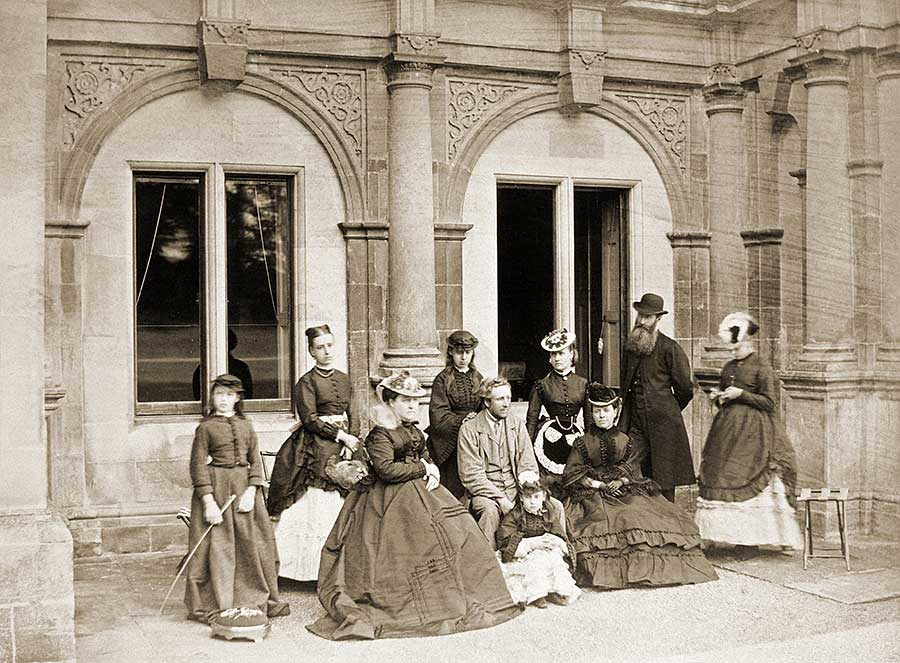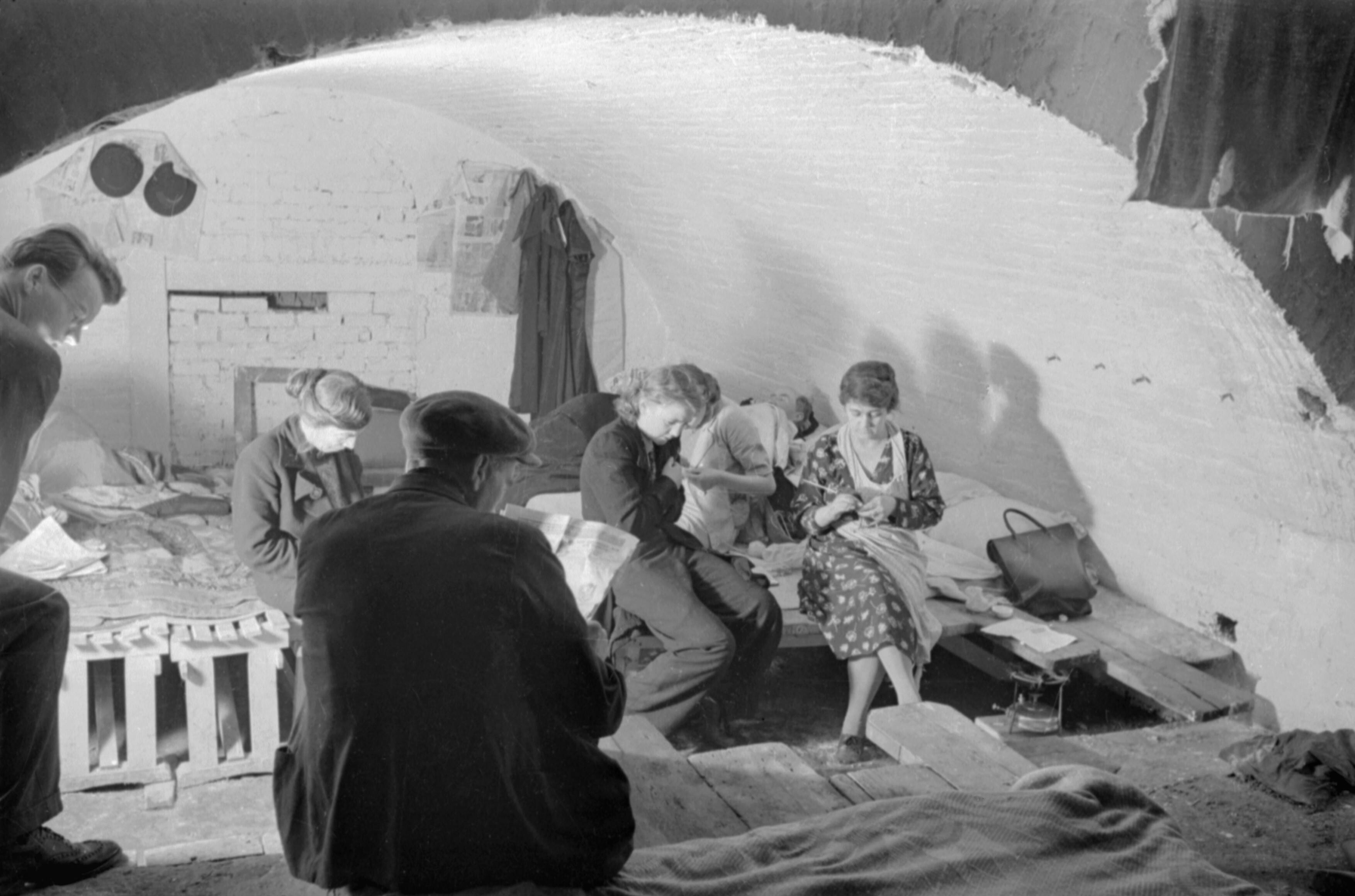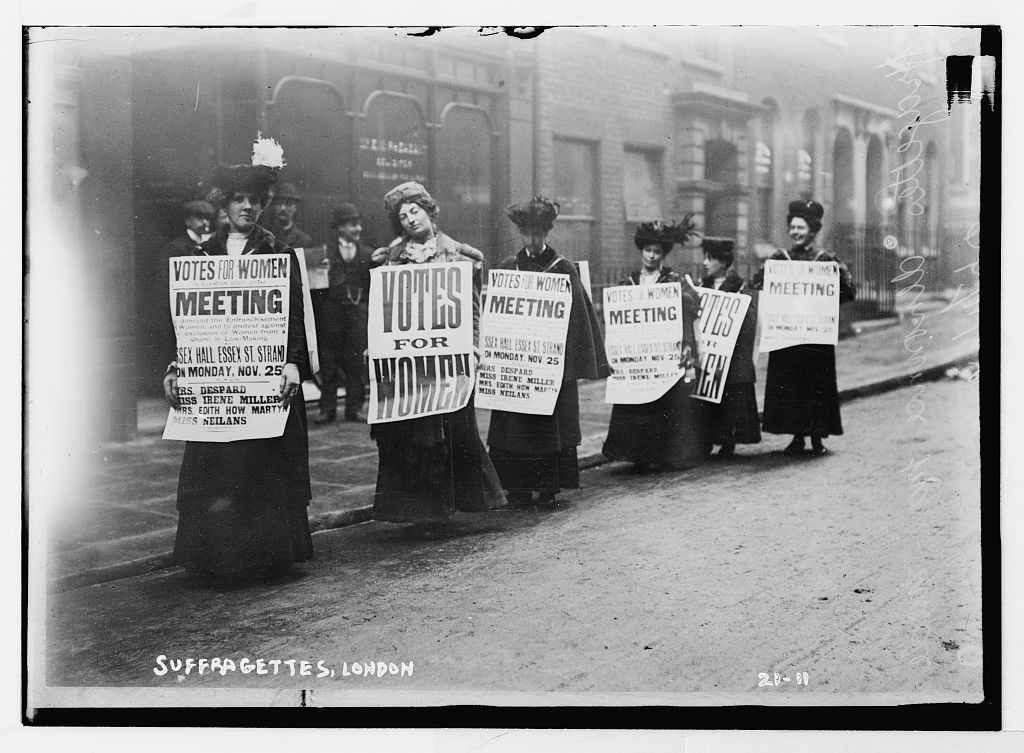1. Women at Wrest Park
Have a look at this photograph of two women at Wrest Park. What do you notice about their clothing and hairstyles? Do they look like they live in a grand house, or work there?
Things to look for:
- What type of clothing are they wearing? Does it look fancy or practical? Do they have long dresses, trousers, or short skirts?
- How is their hair arranged? Is it neat, elaborate, up or down? Are they wearing hats?
Top tip:
Clothes and hairstyles change a lot over time. Different eras have distinct styles, so spotting these in photographs helps us to work out when it might have been taken.
2. On the terrace at Audley End House and Gardens
Who do you think the group of people in this photo could be? Do they look happy together?
Things to look for:
- How are they dressed? Are they wearing similar types of clothing, or are there differences between how the people are dressed?
- How are they interacting with each other? Do they look friendly with each other?
Top tip:
The clothes people wear and the way they sit or stand together can tell us about how they might know each other and how people interacted in the past. Photographs can reveal social customs and leisure and work activities.
3. An underground shelter
This group of people is in a public air raid shelter in London during the Second World War. They are knitting and reading the evening newspaper. If we didn’t know what this photo was showing, what evidence can we spot to help us decide?
Things to look for:
- What is happening here? What are the people doing?
- What are they wearing?
- What can you see in the background? Where are they? Is there any furniture?
Top tip:
Interiors, furniture and appliances can tell us a lot about the time and place in which a photo was taken. Fashions change, and technology develops quickly, so spotting these things can help date a photo.
4. A demonstration in London
These women were photographed demonstrating in London. Who do they represent, and what can we learn from the photo?
Things to look for:
- What is happening? How can we tell?
- How are the women dressed? Who might they be?
Top tip:
Photographs of demonstrations are a rich source of information about the past. They can tell us what was happening, what life was like, and what was important to the people photographed.
5. A tale of two abbeys
It’s useful to be able to compare older and newer photographs. These can help us to build up a story of what happened at a particular place over time, and highlight how things have changed, and what has stayed the same.
Look at these photos taken at Whitby Abbey. Has anything changed?




